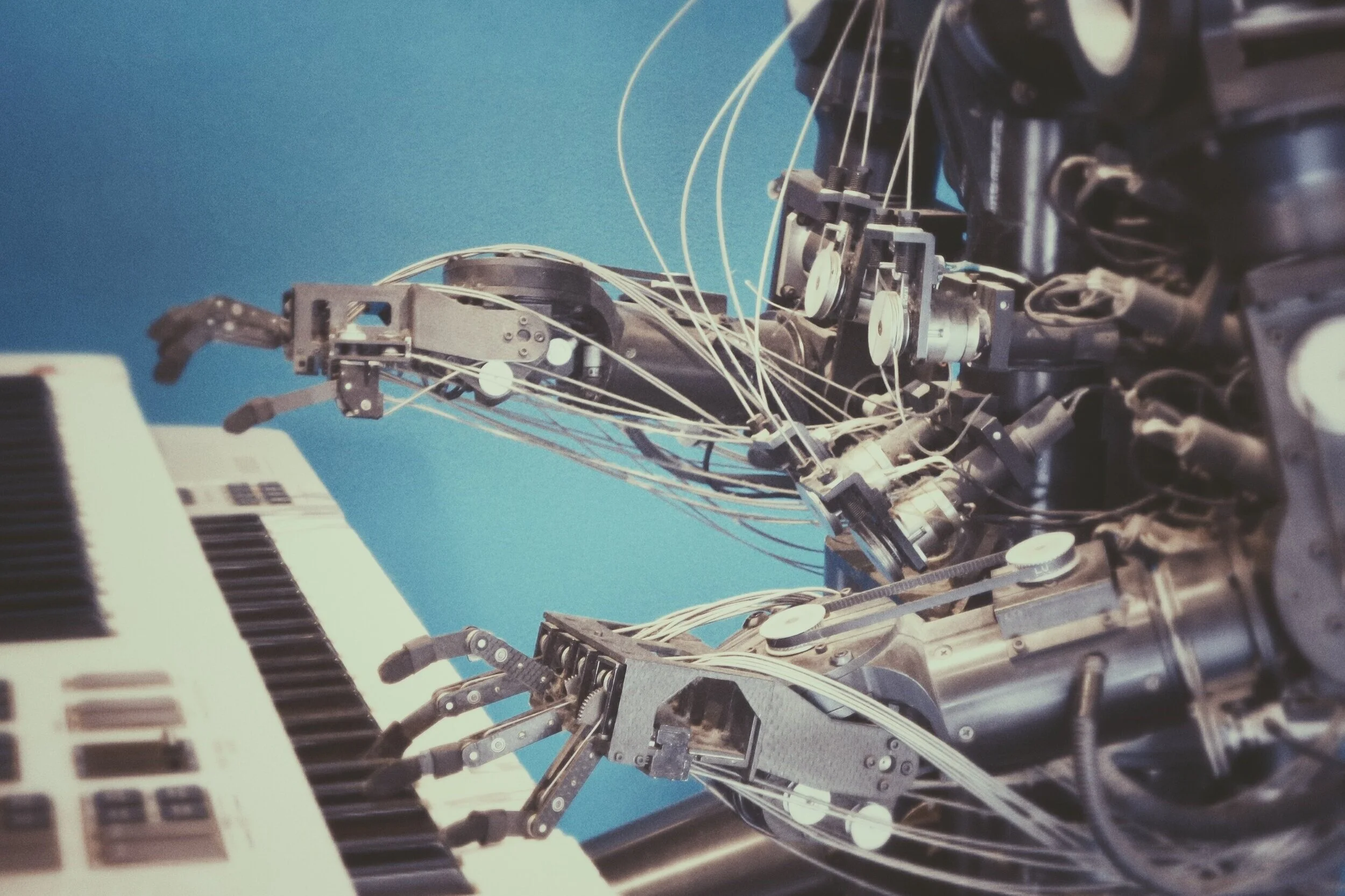
Research
Adopting Dr. Robot: Responses to competitor adoption of innovation. Strategic Management Journal (2023): https://doi.org/10.1002/smj.3496
With Andrew Boysen and Atul Nerkar
Abstract: Firms differ in the complexity of their tasks in ways that are orthogonal to previously examined firm characteristics. We examine how task-based demand heterogeneity amongst organizations directly and indirectly affects their likelihood of adopting a focal process innovation. We test our predictions using the adoption of Robotic Surgery Systems in the US Hospital Industry from 2005 to 2014. Using a novel measure for organizational task complexity, we find that task-based demand heterogeneity strongly predicts the likelihood of adopting a process innovation and shapes the influence of important externalities within their market. Also, an organization’s task environment predicts whether spatial proximity to prior adopters has a net competitive or spillover effect on their likelihood of investing in a new technology.
From independent inventor to inventor entrepreneur: an application of the knowledge spillover theory of entrepreneurship.
Small Business Economics (2024). https://doi.org/10.1007/s11187-024-00939-7
With Kevin Miceli, Atul Nerkar, and Tian Chen
Abstract: This study builds on the knowledge spillover theory of entrepreneurship to examine the factors that influence the decision of latent entrepreneurs to move from opportunity recognition to opportunity exploitation and emergent entrepreneurship. Using data on independent inventors from 1975 to 2010, we examine how social, geographic, and industry knowledge spillovers influence the likelihood of technological entrepreneurship. We find that social and geographic knowledge spillovers promote independent inventors’ transition to entrepreneurship, while industry knowledge spillovers may result in deterrents that inhibit their hazard of forming a new venture.
Automating Medicine: The Effects of Automation on Organizational Performance in US Hospitals
With Isin Guler
Conditionally Accepted at Organization Science
Abstract: How does automation affect organizations’ ability to learn from experience? As technology has progressed, automation has become increasingly prevalent in industries that rely on high skilled workers such as healthcare. Though prior work has examined the role of automation in manufacturing settings such as automotive assembly, little is known about its effects on organizational learning in service oriented industries. We examine how automation technologies shape the ability of organizations to learn from experience in the US Hospital Industry. Using financial and clinical performance within US Hospitals and California Emergency Departments, we find that automation improves the effects of experience on financial performance, but reduces the rate of learning on clinical indicators. These findings suggest that the effects of automation may depend upon the type of performance and the processes it directly affects.
Open(ing) IP: The Effects of Patent Non-Assertion on Innovation
With Deepak Jena and Atul Nerkar
*Revise and Resubmit A-tier Publication, title redacted for review process
Abstract: The Private-Collective model of innovation has often been described as “the best of both worlds” as it incorporates advantages of both the ‘private investment’ and the ‘collective action’ models of innovation. Increasingly, firms hoping to mitigate the high costs of contentious litigation and patent thickets have turned to this Private-Collective model as a key component of their innovation strategies. Though research has examined the motivations, process, and competitive dynamics of the model, little research has examined whether and how firms will benefit from contributing previously protected knowledge or technology to the private-collective ecosystem. Using IBM’s 2005 Patent Commons patent donation and non-assertion pledge, we examine how firms may benefit from contributions to the Private-Collective model through the mechanism of generative appropriability. We find that a private inventor’s shift towards the P-C model of innovation may have mixed effects. While this shift led to a decrease in external cumulative invention, the contributing firm itself was able to directly benefit through an increase in its own rate of knowledge retrieval. Firms engaging in the Private-Collective model may be able to directly benefit from their contributions by increasing their own, internal innovation efforts.
Working Title:
Citation Timing and the Impact of Patents
With Jeff Kuhn, Deepak Jena, and Atul Nerkar
*Revise and Resubmit at A-tier Publication, title redacted for review process
Abstract: This study investigates the timing of patent citations and their validity as a measure of a patent’s technical impact or value. Though prior studies have found that citations are correlated with the value of an invention, fewer studies have examined the implications of citation timing on this underlying value. By examining citations made to pharmaceutical patents, we identify temporal patterns in the rate and types of citations that patents receive before and after formal recognition of their technical impact. Our findings suggest that technically important patents accrue citations long before formal recognition of their value and offers important insights into patent citations use as a measure of invention impact.
How Are the Kids Doing? An Examination of Divested Business Unit Characteristics and Performance in US Hospitals
With Patia McGrath and Atul Nerkar
Abstract: When a firm engages in corporate strategy execution, its actions impact its business units. Yet, largely due to the empirical difficulties of identifying, tracking, and characterizing the business unit “kids” within the parent firm, insights into how corporate strategy implementation affects business units remains limited. In this large-sample, quantitative study, we circumvent the typical challenges associated with business unit measurement by using the US hospital industry as the basis for our analysis. The hospital industry, which is composed of hospital systems (the parent firms) and their hospitals (business units), not only allows for clean business unit identification, but also offers a detailed, longitudinal view of each unit’s financial and operational performance. We leverage this specificity to address a question that is of significance to corporate strategy research, but has been heretofore underexamined: how does corporate divestiture impact business unit performance? Further, what explains the heterogeneity in divested unit outcomes? Our premise is that while business unit performance should benefit from divestiture – thus fueling the buyers’ appetites for divested units in the marketplace – the selling parent’s execution of the divestiture process itself can influence the unit’s performance outcomes. Notably, we propose that the extent of the organizational stress and strain experienced by unit when separating from its parent firm during divestiture can impact the target unit’s performance. Using divestitures in the US hospital industry from 2005 to 2014, we find support for our hypotheses: while divestiture improves target unit performance, increasingly arduous divestiture separation processes will dampen this positive effect.





